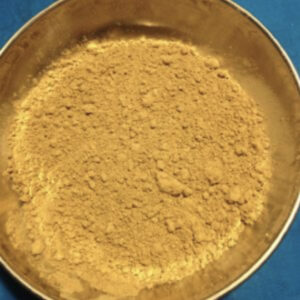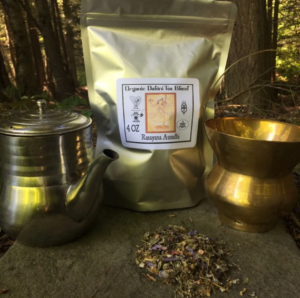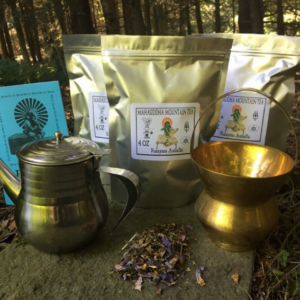Japa flower increases mantra, see our Fully energized and empowered Japa Mala.
Japa is a sacred herb sacred to many of the Goddesses, especially in the form of Kali, and the Great Goddess Durga. Her glowing complexion as the Mother Goddess Lalita is compared to the hibiscus in the lalitopaakhyaana. The glory of the rising sun is often compared to this resplendently beautiful flower. A famous couplet in praise of the Sun God begins `japaa kusuma sankaasam’. The glowing complexion of the orange-skinned Hanuman is also compared to this flower. This flower is called japa, which is the same term for repeating mantras and it is said that drinking Japakusum and saying mantras increase in potency, and it is linked with acquiring siddhi (occult powers). It is useful for disorders of the Second Chakra. We write much of the specific use of correspondences of color, fragrance and tastes, etc. to unite the senses and energetically attracting deities. On a subtle level the color and fragrance particles present in the flower have a capacity to attract the principles of a specific deity which benefits the worshipper. Hibiscus is offered to Lord Ganesha and Maa Durga because they signify strength and power of the subconscious. The subtle principle of deities attracted to a flower from space is called frequencies while the same deity principle when emitted into the atmosphere is called as pavitrak. The frequencies are a subtle and comparatively more unmanifest (nirgun) form of deity principle while a pavitrak is the subtle and manifest form of the same deity principle. The stamen of the flower absorbs the Ganesh principle present in the atmosphere and emits the particles which donate vital energy or pranshakti. The Hibiscus flower is of raja-sattva nature. As a result divine energy (shakti) and divine consciousness (chaitanya) are emitted from its petals. It is a part of all poojas, and used in Tantric rituals, medicine and for sheer enjoyment – a delicious fruit beverage over ice or warm, with honey and mint.
The tea is good for pitta kind of diseases. It is very useful to correct hereditary disorders. Alopecia : also known as baldness or hair baldness is one of the concerned problems for today’s youth. For the treatment, take 6-8 leaves of hibiscus and grind it. Apply it on head and scalp; leave for 3 hours and wash with lukewarm water. Repeat this twice a week. It provides nourishment to the scalp and helps in hair growth. Hibiscus flowers are rich in Iron, phosphorus, calcium, riboflavin, thiamine, niacin etc. It also contains Vitamin C and carotene in small amounts. It is used to enhance memory power with hibiscus plant: Take 10 leaves and 10 flowers of hibiscus; dry them and the grind into powder and store in a container. Give 1 teaspoon of powder with sweet milk; twice a day. You can serve it hot or as a cold tea. It looks very good; as transparent red in color. Hibiscus tea is good for those suffering from problems related to; Blood pressure, heart ailments, strokes, obesity and many more. We like to cold brew, which is to just let the water steep at room temperature. A hot infusion can have some beneficial detox and subtle laxative effects. For depression and mood swings, take hibiscus petals and boil them for 3-4 minutes. Drink it once in a week. It helps overcome mental weakness and makes bones strong.*
*All the above statements have not been evaluated by the Food and Drug administration. This product is not intended to diagnose, treat, cure, or prevent any disease.




 Adding...
Adding...